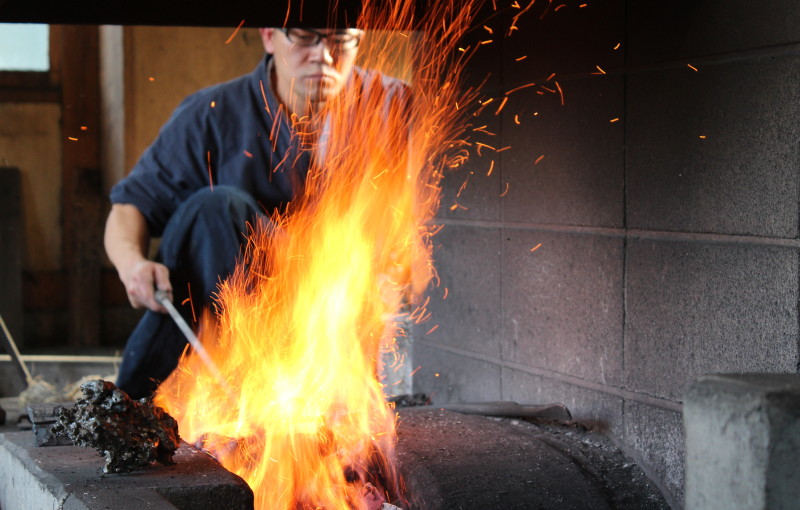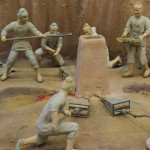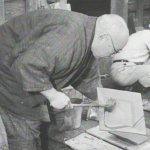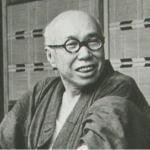
If you are interested in Japanese swords or ‘katana,’ you might have also heard of ‘tatara.’ Tatara is the traditional Japanese clay tub furnace used for smelting iron and steel. The word ‘tatara’ originally meant a pair of bellows, a device usually with two boards to send strong air, and the whole furnace came to be called as tatara later.
In traditional Japanese iron making, steel comes from iron sand. Smelting process of iron usually needs heat and materials including iron, such as iron ore, iron sand and so on. In Japan, 70% of the land has been forest from ancient times, which means that wood has been Read More




